Oub Kham Museum
Oub Kham museum is located near Den Ha market, one kilometer from the town center. The collection includes objects from the areas once belonging to or affiliated with the Lanna kingdoms encompassing northern Thailand and some parts of northeast Myanmar, southwest China and Vietnam. Apart from objects used in rituals the collection mainly consists of objects used at the royal courts including lacquer ware, silver jewelry and clothing.
Though less popular with tourists than other museums and cultural destinations, Oub Kham offers a comprehensive thousand-year history of the Tai people and Lanna culture. It does so through private collections of ancient artifacts, textiles, Buddha images and everyday items belonging to Julasak Suriyachai, who is descended from an old Lanna royal family. The highlight is the 400-year-old golden throne of Tai Yai royals from the Shan State in Myanmar, which is regarded as the only one of its kind left in the world. For more information call 0 5371 3349.Opening Hours: Daily 8am-5pm Admission: 300 Baht Contact: 053-713-349
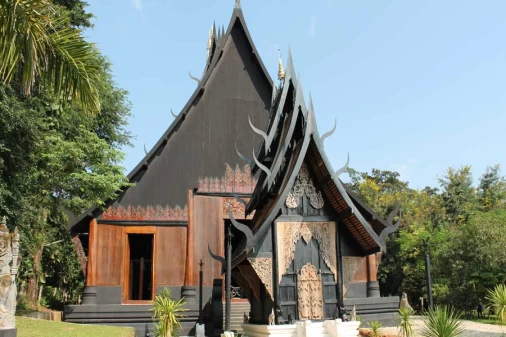
Baandam
Another of Chiang Rai’s more extraordinary sites, in a town that’s blessed with several rather eccentric...
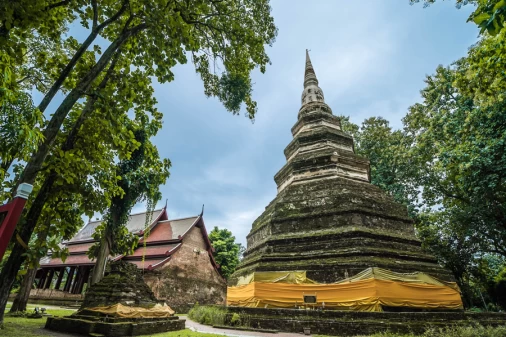
Chiang Saen
Once one of the major cities of the Lanna kingdom, it was originally called Wiang Hiran Nakhon Ngoen...
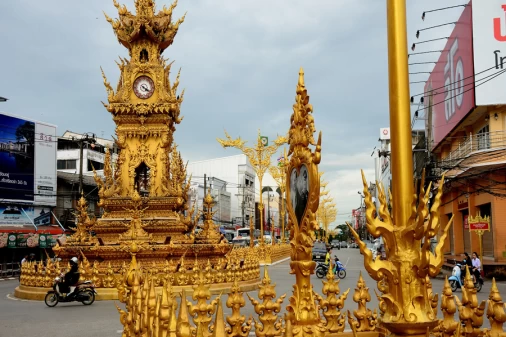
Clock Tower
When you look at all the travel guides and sites about Chiang Rai in Northern Thailand they always use...
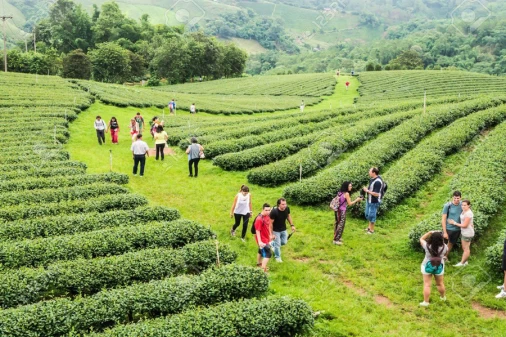
Doi Mae Salong
Mae Salong’s early history centred on the the opium trade of the Golden Triangle. Its recent history...
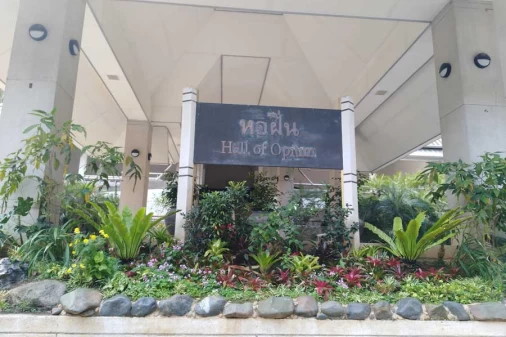
Hall of Opium
The Hall of Opium Museum is a combination of multimedia and exhibition to make learning more fun. Aiming...
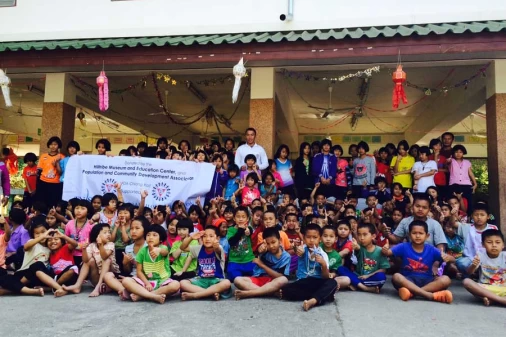
Hill Tribe Museum
Hilltribe Museum and Education Centre is run by a nonprofit organization called the Population and Community...
You may also like
The Best of Thailand 7 Days
- Depart Time:Daily
- Starts/Ends:Bangkok/Chiang Mai
- Tour type:Private Tours
- Travel Style:Nature & Adventure, Family Tours, Culture & History
- Activities:Sightseeing Tours, Local culture tours, Cultural, religious and historic sites tours, Countryside and village visits tours
- Suitable for:Solo, Family, Group, Couple
- Age range:1 To 90 Years
- Operated in:English, French, Spanish, German, Italian
Amazing Thailand 10 Days
- Depart Time:Daily
- Starts/Ends:Bangkok/Bangkok
- Tour type:Private Tours
- Travel Style:Nature & Adventure, Heritage Tours, Culture & History
- Activities:Sightseeing Tours, Local culture tours, Cultural, religious and historic sites tours, Countryside and village visits tours
- Suitable for:Solo, Family, Group, Couple
- Age range:1 To 90 Years
- Operated in:English, French, Spanish, German, Italian
Best of the North Thailand 11 Days
- Depart Time:Daily
- Starts/Ends:Bangkok/Chiang Mai
- Tour type:Private Tours
- Travel Style:Nature & Adventure, Family Tours, Culture & History
- Activities:Sightseeing Tours, Local culture tours, Cultural, religious and historic sites tours, Countryside and village visits tours
- Suitable for:Solo, Family, Group, Couple
- Age range:1 To 90 Years
- Operated in:English, French, Spanish, German, Italian
Romantic Thailand 13 Days
- Depart Time:Daily
- Starts/Ends:Bangkok/Bangkok
- Tour type:Private Tours
- Travel Style:Nature & Adventure, Family Tours, Culture & History
- Activities:Sightseeing Tours, Local culture tours, Cultural, religious and historic sites tours, Countryside and village visits tours
- Suitable for:Solo, Family, Group, Couple
- Age range:1 To 90 Years
- Operated in:English, French, Spanish, German, Italian
Thailand Family Holidays 14 Days
- Depart Time:Daily
- Starts/Ends:Bangkok/Bangkok
- Tour type:Private Tours
- Travel Style:Nature & Adventure, Family Tours, Culture & History
- Activities:Sightseeing Tours, Local culture tours, Cultural, religious and historic sites tours, City sightseeing tours
- Suitable for:Solo, Family, Group, Couple
- Age range:1 To 90 Years
- Operated in:English, French, Spanish, German, Italian
 France
France  Spain
Spain  German
German  Italian
Italian 






 Vietnam Tours
Vietnam Tours  Cambodia Tours
Cambodia Tours  Myanmar tours
Myanmar tours  Thailand Tours
Thailand Tours  Laos Tours
Laos Tours